Marketing And Sales
14 minute read
Inbound Marketing Strategy: 6 Brilliant Tactics to Boost Sales in 2022.
LAST UPDATED:
April 24, 2024


“You can’t use an old map to explore a world map” – Albert Einstein.
These lines ring true for ecommerce stores and other businesses that have any hope of surviving the digital marketing-dominated climate.
As marketing is a dynamic field, the technologies that worked a few months ago might not yield the desired results.
As web design changes and evolves, businesses must adapt their inbound marketing strategies to stay ahead of the curve.
That’s why it’s essential that every company needs a strong inbound marketing strategy.
Once you have the right marketing map, the chances of reaching the goals you have set become much easier and simpler.
Inbound marketing pulls customers to your company with content that resonates with them.
Companies are mainly focusing on inbound marketing tactics to target audiences passively.
Today, this marketing strategy can turn the tables and help you reach your target audience.
In this article, we’ll explain the differences between inbound vs outbound marketing and provide strategies for inbound marketing and sales that would make your life easier.
In business, the terms “inbound” and “outbound” marketing are used to describe two different approaches to customer acquisition.
Outbound marketing typically relies on more traditional techniques, such as print ads, paid media, cold-calling, and broadcast advertising.
In contrast, effective inbound marketing focuses on generating qualified leads through content management, SEO strategy, and social media marketing.
Perhaps the most important difference between inbound marketing vs outbound marketing is in the way that each type of marketing engages with potential ideal customers.
So, which approach is right for your business?
The answer may vary depending on your products or services, your target market, your target persona, and a number of other factors.
Inbound Marketing Strategy Examples
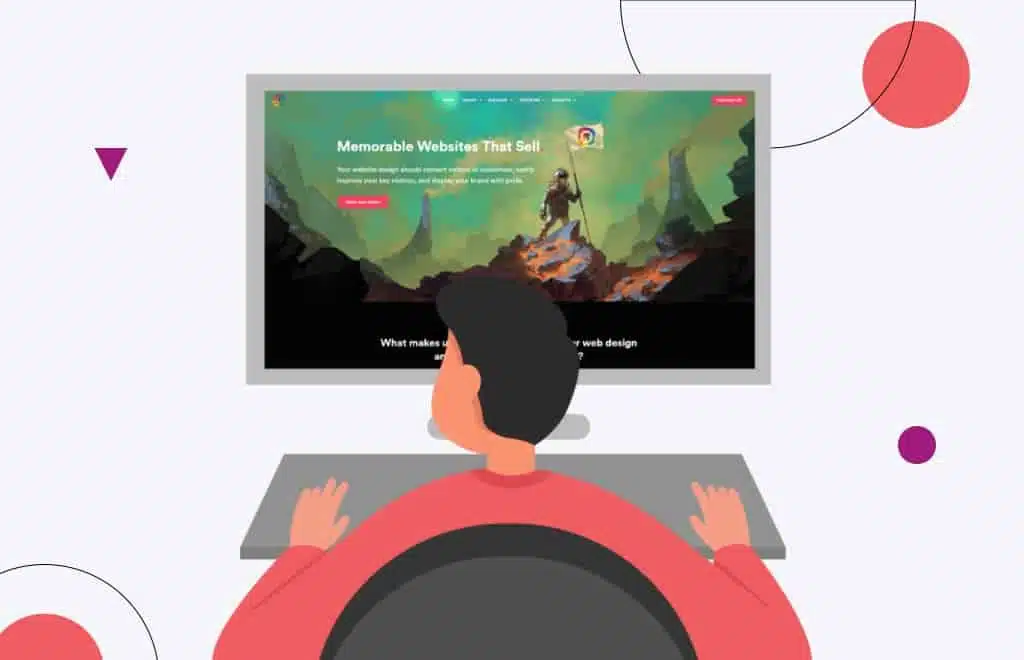
Inbound marketing is a type of marketing technique that focuses on creating valuable content that attracts ideal customers, pulls them into your sales funnel, and guides them through their buying journey.
Unlike traditional outbound marketing, which relies on interruptive tactics like cold-calling and advertising, effective inbound marketing provides potential customers with information they’re already interested in.
As a result, inbound marketing is often more effective and less expensive than outbound marketing.
To be successful with inbound marketing, you need to start by creating a buyer persona or customer profile which is a semi-fictional representation of your ideal customer.
Once you know who you’re trying to reach, you can start engaging and delighting your ideal customer, and provide value by answering questions through creation of targeted marketing content that speaks to their needs and interests.
For example, if you’re selling software to small businesses, you might create blog posts about common business challenges and how your software can help solve them.
By providing valuable information that potential customers are already looking for, you can pull them into your sales funnel and convert them into paying customers.
Inbound Marketing strategy HubSpot
One company that has seen success with inbound marketing is HubSpot, a provider of inbound marketing software.
HubSpot’s blog is a great example of strong inbound marketing.
The blog covers a wide range of topics related to inbound marketing techniques, from the basics of inbound marketing strategy to more advanced topics such as lead generation, lead nurturing, lead scoring, and conversion optimization.
In addition to providing valuable compelling content, the blog also includes a call-to-action (CTA) that encourages readers to try HubSpot software.
As a result, the blog not only helps attract new customers, but also helps generate marketing leads for the sales team.
Inbound Marketing Strategy MoZ
Another company that has mastered the inbound methodology is Moz, a provider of search engine optimization (SEO) software.
Moz’s blog features a wide variety of inbound B2B marketing resources, including guides, white paper research, tips, and case studies.
The blog also includes an extensive library of free inbound marketing ebooks.
These eBooks cover topics such as link building, keyword research, and social media marketing.
In addition to providing valuable content, the ebooks also include CTAs that encourage readers to try Moz’s software.
As a result of these marketing efforts, the blog not only helps attract new customers, but also helps generate leads for the sales team.
Outbound marketing strategy
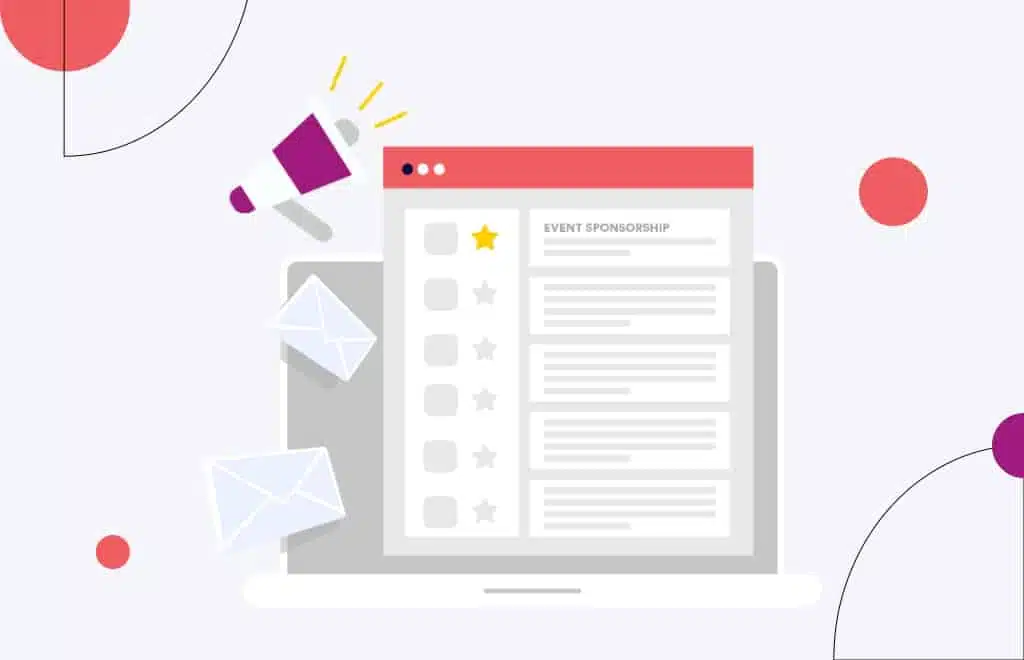
Most companies today rely heavily on successful inbound marketing techniques to bring customers to their B2B websites, landing pages, or ecommerce online stores.
Investing time in using different inbound marketing tools is a great way to raise brand awareness, build relationships with potential customers and generate leads, but it may not be enough on its own.
Outbound marketing campaigns can complement your inbound marketing efforts and help you reach a wider audience.
Some outbound marketing tactics that are worth considering include paid advertising, direct mail, and event sponsorship.
- Paid advertising can be a great way to get your brand in front of potential customers who might not be exposed to it through inbound channels.
- Direct mail can also be an effective way to increase website traffic and reach potential customers, especially if you target your campaign carefully.
- Event sponsorship can be a great way to connect with potential customers in person and build customer relationships.
Of course, not all outbound marketing focused tactics are created equal.
Some, like cold calling and unsolicited email, are generally considered ineffective and may even do more harm than good.
If you’re considering adopting an outbound marketing strategy, make sure to research the different options carefully and choose tactics that are likely to be effective for your business.
While outbound marketing can be effective in generating leads, it can be costly and time-consuming.
Use these six inbound strategies to reach customers and increase your sales:
1. Use forms to capture leads
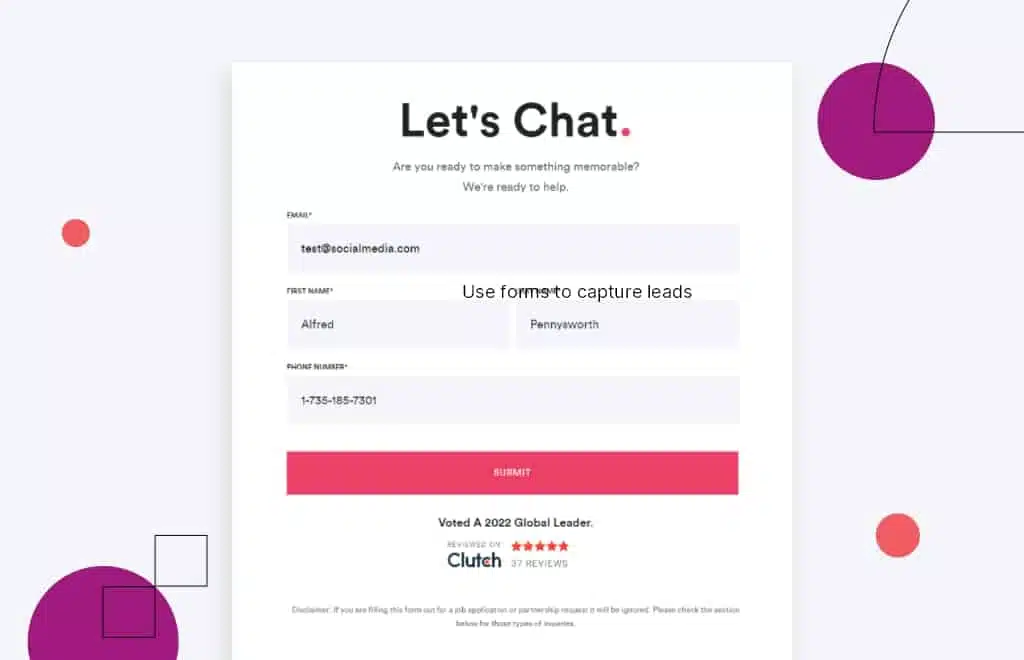
For inbound marketing, forms are an important lead-capturing strategy.
Using forms, you can gate your premium content and capture details about your leads.
Brands that use a structured form provide their marketing team with the information required to help them convert leads into customers.
However, the same form might not deliver the intended result if you overuse it.
Countless companies commit the mistake of repeatedly sharing the same marketing idea and thus lose out on their potential customers. This can result in harmful lead generation efforts.
To avoid this, you can use different form templates to create forms that offer content value keeping the buyer’s stage in mind.
Different forms can help you generate valuable leads and shape how your marketing team engages with your leads.
Today, forms are the bread and butter for marketers because they turn your anonymous visitor into leads who’re ready to buy your products or services.
If you’re smart about your content, these forms can help you bring back prospects to collect more information about your customer.
Protip
A form is a top way to turn someone that visited your site into a long-term customer, and that’s why it’s essential to master its use before it’s too late.
2. Create high-quality and informative content

Content plays an essential role in helping your business grow, and in 2022 and beyond, content is likely to remain the king, queen, and everything that comes in between.
Content marketing is a go-to inbound marketing strategy for companies looking to create a lasting impact.
It’s not about creating any content. It’s more about quality content that attracts visitors and resonates with your potential customers. In addition, you should learn how to start a blog that’s engaging and educational at the same time.
But even today, many companies make the mistake of producing content just for its sake. Users don’t want half-hearted content because it doesn’t deliver the intended message or information.
Today, customers want in-depth information that answers their queries and educates them about a topic.
In today’s digital world, having two well-researched pieces of content is better than 15 half-researched pieces.
To create content that resonates with your audience, marketing planning must be conducted. This can help you drive more traffic to your website and keep them engaged on your page for a long time.
Interesting statistic: Marketers who prioritize blogging are the ones that are 13 times more likely to enjoy a positive ROI.
3. Optimize your content for voice search
Another trending inbound marketing strategy is optimizing your content for voice search.
As more and more customers are using Alexa and Siri in their homes, this tactic can help you connect with your target audience.
With 1 billion voice searches taking place monthly, optimizing your content for voice search can help you reach your potential audience.
You can optimize your website and content for voice searches by adapting to natural language.
People’s verbal search for information differs from the search terms they type; optimizing your content for voice search can be challenging.
Using natural language helps you adapt the way people speak when they conduct queries.
For instance, when someone wants to learn about stitching a shirt.
In a typed query, a user might search “how to stitch shirts.”
Verbally, you might ask, “how can I stitch a shirt?” or “what are the steps to stitch a shirt?”
This makes voice search important for inbound marketing.
Protip
When optimizing for voice search, include your slang and regional dialect.
4. Target content gaps of your competitors
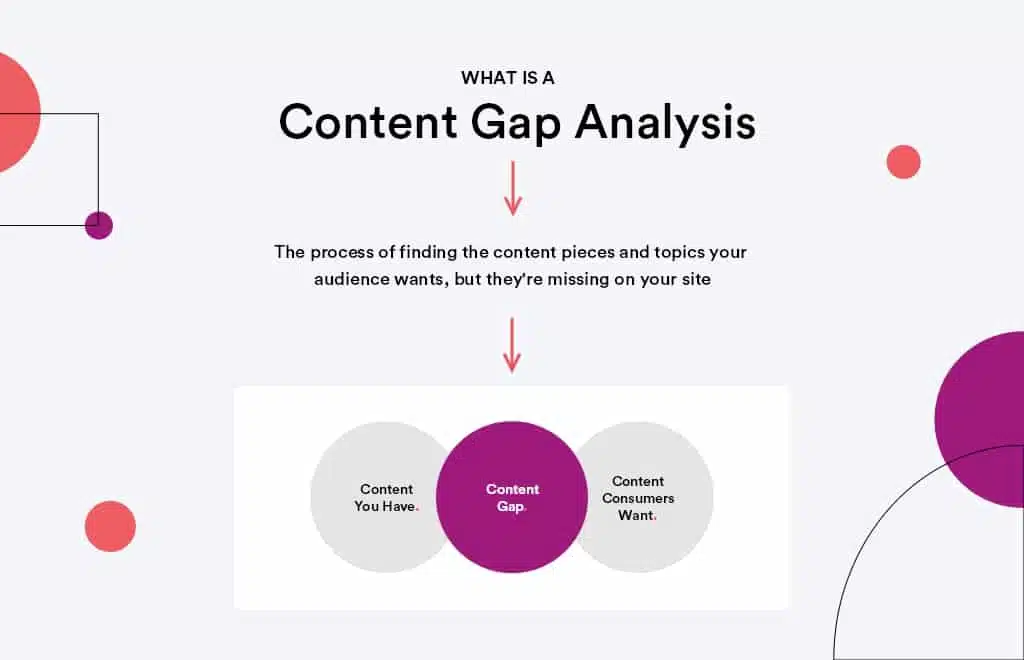
To pull traffic to your website, it’s essential to create content that prospective customers might be looking for.
Since many startup companies are creating similar content and you have hundreds of articles on a single topic, creating content that doesn’t overlap with articles already on the internet is essential.
To get to the forefront of your competition, you need to find the content they are not creating. Filling the content gap can help you achieve this.
Delivering content that customers want but is not yet created can help you attract customers to your website.
To understand the content gap, it’s essential to map your customer’s journey and see if all the needed content has been created.
Next, focus on analyzing the existing content to create meaningful content that resonates with your target audience.
Focus on performing keyword research to see if there’s any content that can rank higher.
Protip
Often, filling this content gap is more important than searching for relevant content ideas.
5. Focus on featured snippet optimization
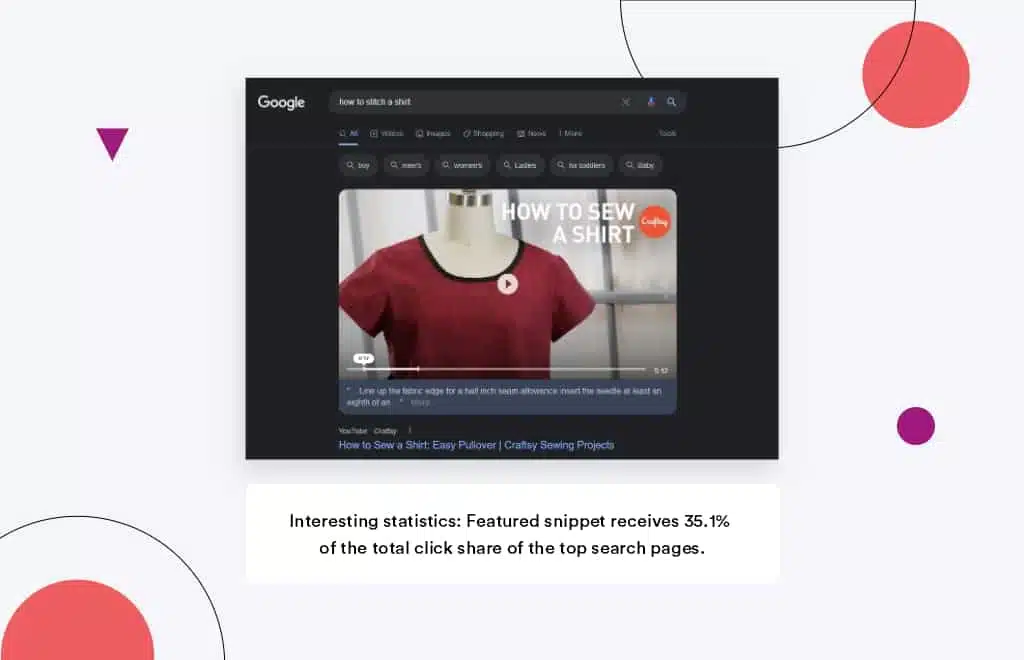
Every brand strives to get ranked on the first page of Google to reach its target audience. But were you aware that there is position zero on Google’s SERP – known as the featured snippet?
With the changing Google algorithm, getting featured on the featured snippet is every brand’s dream.
This featured snippet helps in delivering accurate and instant results.
A featured snippet is essential for search engines because it provides your users with the desired answer without having to leave the first SERP.
For instance, when a user types “how to stitch a shirt,” they automatically get the answer before opening the result on the first page of Google.
Due to this reason, users are likely to click on the website mentioned in the featured snippet.
If your web page appears in Google’s featured snippet, you might get commendable organic traffic to your website.
It would not only increase your website visitors but turn your visitors into long-term customers.
Interesting statistics: Featured snippet receives 35.1% of the total click share of the top search pages.
6. Give importance to video marketing
TikTok showed the world what videos are capable of achieving. Besides providing helpful content, short videos can help reach the target audience.
Today, videos are so prevalent that consumers expect them from all sizes of businesses, big or small.
Open Instagram or TikTok, and you will likely see more short videos from companies and brands.
Video is far more engaging and entertaining than other forms of content.
After you have created compelling content it is very important to boost its visibility, Buy TikTok likes to skyrocket the performance of your video content on this platform.
This is because videos educate and inform customers while promoting products in a flexible and valuable way.
Interestingly, the video ticks all the boxes of a cutting-edge form of content. Companies are widely using new types of videos, including 360-degree videos and video live VR.
Making videos an integral aspect of your inbound marketing strategy can help capture your audience’s attention and significantly impact your bottom line.
Today, video is the best way to serve content to your modern customers and guarantees a better conversion rate and increased engagement.
Interesting statistics: 87% of businesses use video as a marketing tool, and 79% of customers confirm that a brand’s video convinced them to buy a software or application.
A robust marketing strategy helps you reach more qualified traffic and drive more leads to your business.
Inbound marketing is the way of the future and can help you deliver value and convert clients into paying customers.
Whether 2022 or 2023, if you want to grow your business online, inbound marketing will remain your go-to strategy for years to come.
It helps you focus on the roots of your products and the value they can bring to your customer’s life.
With inbound marketing being 10x more effective than outbound marketing, businesses can no longer overlook the importance of using these strategies.
Unlike traditional outbound strategies, inbound marketing strategies are evergreen, providing the most excellent value for your brand.
Also, you’re saving yourself thousands of dollars by using outdated marketing strategies.
Last but not least, focus on putting your customers’ needs first, and they will likely evolve into long-term customers.

“It shocks me that in 2022, inbound is not the primary strategy for most B2Bs. Buyers are different these days. They do most of their pre-qualifying before you ever even hear from them. Make sure you’re establishing trust and building authority with every touchpoint of your website.”
– Jeff Gapinski, Co-Founder
Want to learn more about inbound marketing? Here are some additional resources and information. If you have further questions don’t hesitate to reach out.
Questions about inbound marketing?
Here we cover some inbound marketing strategy best practices.
What are 3 types of inbound marketing?
There are three primary types of inbound marketing: content marketing, search engine optimization (SEO), and social media marketing.
Each one of these inbound marketing tactics employs different content strategies and caters to different channels in order to reach the target audience.
Content marketing focuses on creating and distributing high-quality content that is relevant to the target audience.
The goal of content marketing is to attract readers who will eventually become customers or clients.
SEO is another inbound marketing tactic that uses keywords and other search engine optimization techniques to improve the visibility of a website or blog in search engine results pages (SERPs).
The goal of SEO is to generate organic traffic from SERPs.
Social media marketing relies on social media platforms like Facebook, Twitter, and LinkedIn to build relationships with potential and current customers.
The goal of social media marketing is to create brand awareness and loyalty, and ultimately drive sales.
Each type of inbound marketing has its own strengths and weaknesses, and the best inbound marketing strategy will employ a combination of all three types in order to be most effective.
What is an example of inbound marketing?
Inbound marketing is a type of marketing that focuses on drawing customers in, rather than going out to them.
It’s about creating content that is relevant and interesting to your target audience, and then using SEO and social media to make sure that they see it.
For example, let’s say you’re a travel company. You might create a blog post about the top 10 places to visit in your city, and then use Twitter and Facebook to share it with your followers.
By providing valuable information that people are actually interested in, you’re more likely to convert them into customers than if you were just trying to sell them something.
What are the 5 inbound principles?
In inbound marketing, the goal is to attract strangers and turn them into customers and eventually promoters of your business.
There are five inbound principles that are key to this process: attract, convert, close, delight, and iterate.
- Attract: the first principle, attract, is all about getting strangers to come to your website or blog. This can be done through SEO, content marketing, and social media.
- Convert: once you have visitors on your site, it’s important to convert them into leads. This is done by offering something of value in exchange for their contact information.
- Close: once you have a lead’s information, you can close the deal by selling them a product or service.
- Delight: finally, it’s important to delight your customers so they become promoters of your business. This can be done through amazing customer service and creating brand loyalty.
- Iterate: the inbound process is ongoing, so it’s important to continuously iterate on these steps in order to be successful.
How do you develop an inbound marketing strategy?
How do you develop an inbound marketing strategy?
There’s no single answer to this question, as the best approach will vary depending on your business goals and target audience.
However, there are some basic steps that all businesses can follow to create an effective inbound marketing strategy.
First, you need to define your goals.
What are you hoping to achieve with inbound marketing? Do you want to increase brand awareness, generate more leads, or drive more sales?
Once you know what you want to accomplish, you can start developing a plan to make it happen.
Next, you need to identify your target audience.
Who are your ideal customers or clients? What needs do they have that your products or services can address?
Once you understand your target audience, you can start creating content that will appeal to them.
Finally, you need to promote your content.
You can do this through a variety of channels, such as social media, email marketing, and paid advertising.
The key is to experiment and find what works best for your business.
By following these steps, you can develop an inbound marketing strategy that will help you achieve your business goals.
Further Reading on Website Design and Website Development
Looking for additional resources to better understand web design and web development? These articles should help.
- How to set SMART Lead Generation Goals
- Ways to Improve Bad Website Design
- Basic Website Design Principles
- Our Top Retail Website Examples
- Our Top Beauty Website Examples
- Our Approach to Website Redesign
- Website Launch Checklist Essentials
- Our Approach to Shopify Website Design
- Ecommerce Web Design Tips You Need to Boost Sales
- Our WordPress Website Design Services
- The Best Service Page Design Examples
- How to Choose Your New Web Design Agency
- How We Conduct a Shopify Audit
- 24 Great Website Examples for 2022
- Website Design vs Web Development
- Shopify vs WooCommerce for Ecommerce
Get Memorable Insights.
Sign up to receive actionable web design advice directly in your inbox monthly.
Get Memorable Insights.
Sign up to receive actionable web design advice directly in your inbox monthly.
Author
Jeff Gapinski is the President of Huemor where he helps plan the long-term strategic growth of the agency. Jeff is passionate about UI/UX, demand generation, and digital strategy.
What Do You Think?
Have feedback? Maybe some questions? Whatever it is, we'd love to hear from you.




![Website Design Standards We Follow [That You Should Too!]](https://huemordev.b-cdn.net/wp-content/uploads/2021/12/2023.04.04.Website-Design-Standards-We-Follow-That-You-Should-Too.jpg.webp)

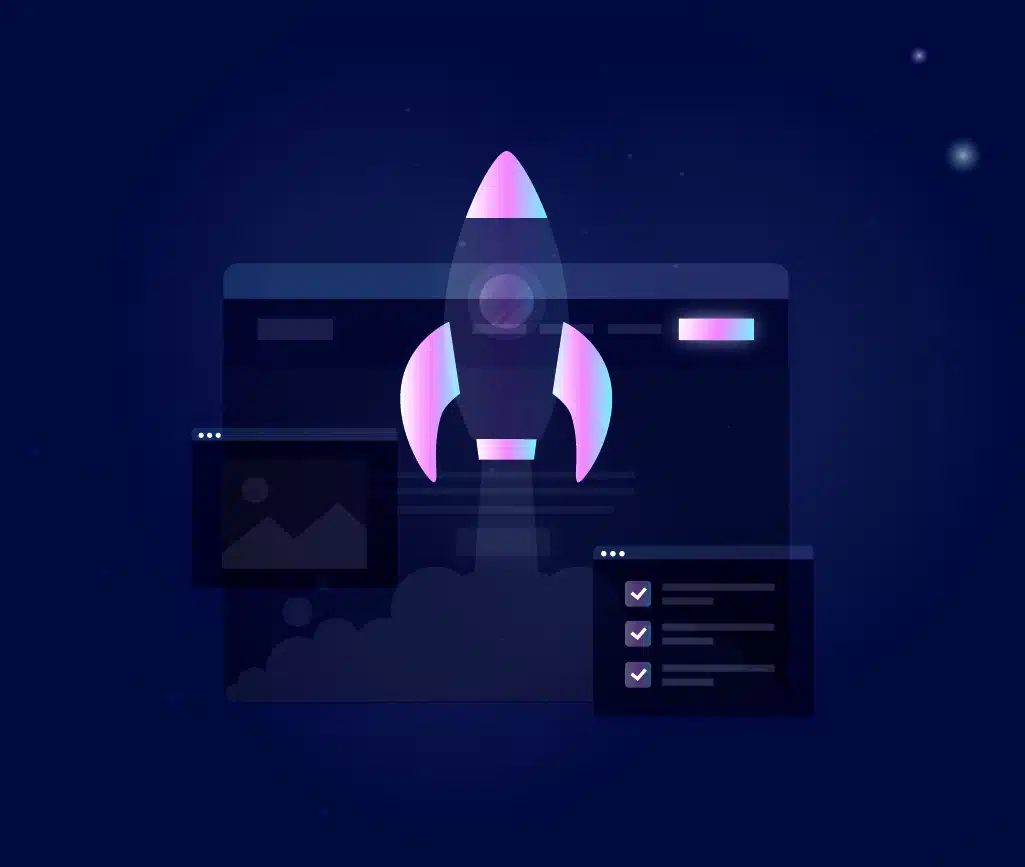

No comments found